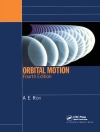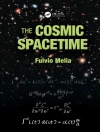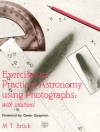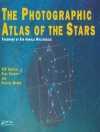Lunar domes are structures of volcanic origin which are usually difficult to observe due to their low heights. The Lunar Domes Handbook is a reference work on these elusive features. It provides a collection of images for a large number of lunar domes, including telescopic images acquired with advanced but still moderately intricate amateur equipment as well as recent orbital spacecraft images. Different methods for determining the morphometric properties of lunar domes (diameter, height, flank slope, edifice volume) from image data or orbital topographic data are discussed. Additionally, multispectral and hyperspectral image data are examined, providing insights into the composition of the dome material. Several classification schemes for lunar domes are described, including an approach based on the determined morphometric quantities and spectral analyses. Furthermore, the book provides a description of geophysical models of lunar domes, which yield information about the properties of the lava from which they formed and the depth of the magma source regions below the lunar surface.
Table of Content
Volcanism on the Earth and the Moon: morphometry and eruption conditions.- Lunar domes: morphometric and rheologic properties.- Determination of spectral properties.- Determination Modelling of lunar effusive and intrusive domes.- Lunar domes classification scheme.- Effusive bisected lunar domes.- Effusive lunar domes.- Candidate lunar intrusive domes.- Conclusion.- Appendix A: Lunar dome images.- Appendix B: Further Resources.- References.
About the author
Raffaello Lena was born in Rome on September 1959. He received the Master degree in Pharmaceutical Sciences from the University of Rome “La Sapienza” in 1985 and the Doctorate degree in Pharmaceutical Sciences from the University of Rome “La Sapienza” in 1989 in the field of synthesis and pharmacological properties of new molecules. He currently works for the Italian Ministry of Health in Rome, Italy, on food safety. Concerning strictly to astronomic topics he founded the Geologic Lunar Research (GLR) group, association involved in lunar geology and study of lunar domes and their classification. GLR group has produced dozens of published studies of lunar domes, faults and transient phenomena, including a novel classification scheme based on studies carried out during several years (see list below), some of which published in professional Journals (Icarus, PSS). The lunar studies carried out by our group allows to understand the physical conditions and processes of lunar dome eruptions.












